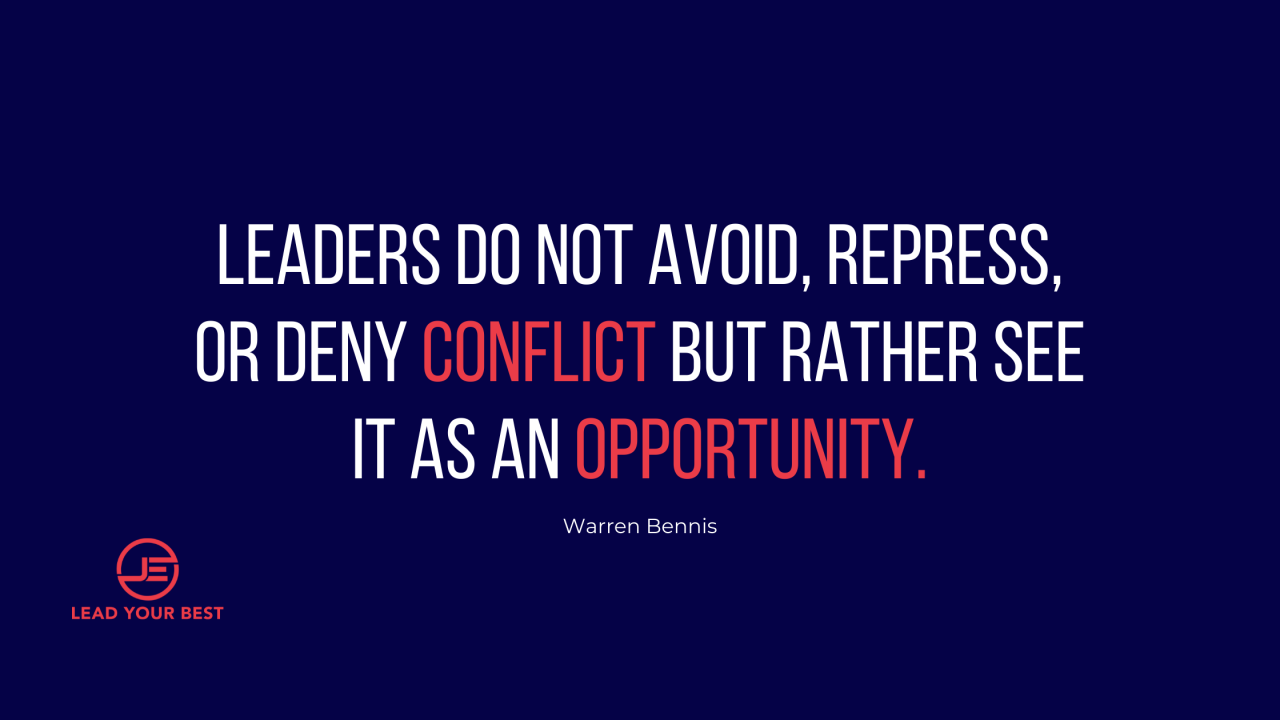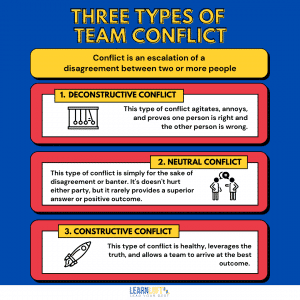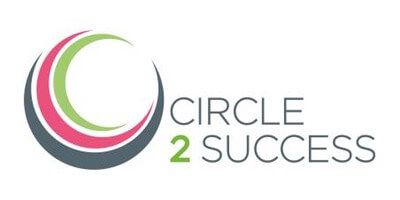
It doesn’t take a Ph.D. to figure out some groups of people perform better than others. Not only do high-performing teams produce better results, but their team members have a sense of meaning, belonging, and achievement.
There have been many great studies about what makes a team successful, but maybe none better than Google’s two-year study called Project Aristotle. Google’s research team found that the best teams were effective because they worked well together, regardless of who was on them. The five characteristics of enhanced groups include; Psychological Safety, Dependability, Structure and Clarity, Meaning, and Impact.
The most essential of the five was psychological safety. All psychological safety means is when team members feel safe to take risks and be vulnerable in front of each other.
Bad leaders and teams are void of this crucial element because they look at being vulnerable, taking risks, and speaking up as negative instead of positive. It’s precisely why they never meet their potential and achieve their biggest goals.
The best leaders and teams embrace constructive conflict.
What’s interesting about psychological safety is that it’s impossible to achieve unless the leader and team members embrace the idea of constructive conflict.
Three Types of Team Conflict
Conflict, by definition, is an escalation of a disagreement between two parties. It comes from the Latin word “Con” meaning together, and “Fligere” meaning to strike. While the definition is simple, what I have found coaching and working with leaders and teams for over a decade is there are three types of conflict:

What Leaders and Teams Can Do to Have Constructive Conflict
Both high-performing teams and great leaders realize the only way to successfully have constructive conflict is for every team member to work toward a shared goal. The moment a team loses sight of the shared goal is the moment constructive conflict begins to fade away.
The moment a team loses sight of the shared goal is the moment constructive conflict begins to fade away.
Take a small startup working in the eCommerce industry, as an example. The eight-person team was in a feverous debate (in Slack of all places) about their branding and modifying their company logo. In just a few slack messages, the discussion heated up, and each team member was passionately communicating the reasons for their particular position.
As the conflict began to rise, it started to get a little personal, so I sent a short reminder message: Conflict on a team can be good! As long as we can remember, we want the same outcomes.
Kudos to this high-performing team because they quickly pivoted from deconstructive conflict to constructive conflict by reminding each other of their shared goal and passion for the mission they were on together.
Relish the Conflict, But Stay Kind and Curious
While some people’s personalities lend themselves to avoid conflict and others run towards it, a common desire is to be treated well in a disagreement. In Mareo McCracken’s new book, Really Care for Them, he wrote, “Nobody likes to be told to be quiet, or to be calm, to shut up.”
Not only is he right, but it’s also an essential part of constructive conflict. Being kind and recognizing that each person is a human with feelings is easy to forget in the heat of the moment. Great leaders recognize this and speak the truth, but they do it with empathy and humility.
Great leaders speak the truth, but they do it with empathy and humility.
As hard as it might be, putting yourself in someone else’s shoes and communicating the truth is what the best leaders do. They recognize they aren’t above someone else, and there will be times where they will be the one who needs truth spoken into their life, so leaving their ego out is required. They rely heavily on the trust they have earned with their team in the small daily acts, so people will let them say hard things.
How to Embrace Constructive Conflict as a Leader
If you lead a team, you might think this sounds good, but there is no way this type of constructive conflict will work on my team. Instead of assuming it won’t, try to embrace the following:
- Establish a Shared Goal – Where is your team going, and what are they working every day to accomplish?
- Ensure Everyone is Committed – It’s one thing to have a goal; it’s another thing for each team member to be committed to achieving it.
- Invite “TVD”– “TVD” stands for the truth, debate, and vulnerability. If team members can leverage facts, discussion, be vulnerable in front of each other, success is in your future.
- Debate Doesn’t Mean Decision – Debate doesn’t mean the decision. On a recent episode of Master of Scale with Reid Hoffman, he covered one of Ray Dalio Principles about conflict; “Make sure people don’t confuse the right to complain, give advice, and openly debate with the right to make decisions.”
Closing
When you invite constructive conflict into your team and relationships, they will get better. The only question that remains is will you be the kind of leader who does it?
In the comments, please tell me how you invite constructive conflict on your team or organization.
Effective Communication for Leaders Ready to improve your communication skills? Register for the virtual workshop.
Free Downloadable Coaching Cheatsheet There is nothing easy about coaching. So we put together a list of eight of the best coaching questions to help you. Download it for free here.
About the Author John Eades is the CEO of LearnLoft, a leadership development company helping executives and managers to lead their best. He was named one of LinkedIn’s Top Voices in Management & Workplace. John is also the author of Building the Best: 8 Proven Leadership Principles to Elevate Others to Success. You can follow him on

Instagram @johngeades.
|
